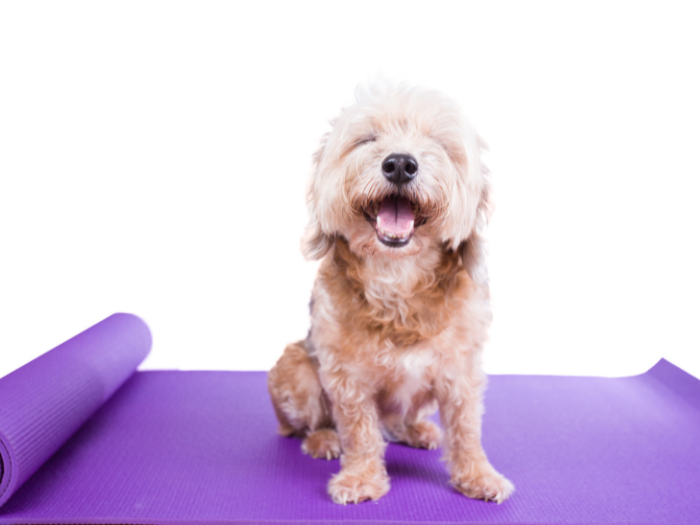
Introduction to Regular Exercise for Dogs
Regular exercise is crucial for maintaining the health and well-being of our canine companions. Just like humans, dogs require physical activity to keep their bodies and minds in optimal condition. In this guide, we will explore the various benefits that regular exercise provides for dogs, including weight management, mental stimulation, improved behavior, and an overall enhanced quality of life.
Weight Management and Fitness
- Maintaining a Healthy Weight: Regular exercise helps dogs burn calories and maintain a healthy weight. It reduces the risk of obesity, which can lead to various health issues such as diabetes, joint problems, and heart disease.
- Muscle Tone and Strength: Exercise helps dogs develop strong muscles and improve their overall strength and endurance. This is particularly important for working dogs or those participating in sports or activities that require physical exertion.
- Joint Health: Proper exercise, including low-impact activities, can help strengthen the muscles around the joints, providing support and reducing the risk of joint-related problems like arthritis.
Mental Stimulation and Behavioral Benefits
- Mental Stimulation: Exercise not only exhausts dogs physically but also mentally. Engaging in activities that require problem-solving or sensory stimulation, such as interactive games or puzzle toys, helps keep their minds sharp and prevents boredom.
- Behavior Management: Regular exercise is essential for managing behavioral issues in dogs. It helps reduce anxiety, hyperactivity, and destructive behaviors that can arise from excess energy. A tired dog is generally calmer and more focused, making training and behavior modification easier.
Improved Overall Health and Longevity
- Cardiovascular Health: Exercise strengthens the heart and improves blood circulation, leading to a healthier cardiovascular system. It can help reduce the risk of heart disease and other related conditions.
- Strong Immune System: Regular physical activity boosts the immune system, making dogs more resilient to illnesses and infections. It enhances their overall health and increases their lifespan.
- Digestive Health: Exercise aids in maintaining a healthy digestive system by promoting regular bowel movements and preventing constipation. It can also help regulate appetite and prevent weight-related digestive issues.
Quality of Life and Bonding
- Enriched Life: Regular exercise enriches a dog’s life by providing opportunities for exploration, socialization, and sensory experiences. It allows them to engage with their environment, meet other dogs, and experience new sights, sounds, and smells.
- Strengthened Bond: Engaging in physical activities with your dog strengthens the bond between you. It provides quality time together, enhances communication, and deepens the trust and understanding between you and your furry companion.
Types of Exercises for Dogs
- Walking: Regular walks are a fundamental exercise for dogs of all ages and sizes. It promotes cardiovascular health, muscle tone, and mental stimulation. Adjust the duration and intensity based on your dog’s age, breed, and fitness level.
- Running and Jogging: For active dogs and those with higher energy levels, running or jogging provides a more vigorous workout. Start slowly and gradually increase the distance and intensity to avoid overexertion.
- Swimming: Swimming is a low-impact exercise that is gentle on the joints and ideal for dogs with arthritis or physical limitations. It provides a full-body workout while keeping them cool during hot weather.
- Interactive Play: Engage in interactive play sessions with toys such as balls, frisbees, or tug-of-war ropes. These games promote physical activity, mental stimulation, and strengthen the bond between you and your dog.
- Agility Training: Agility courses or obstacle courses challenge dogs both physically and mentally. They require them to navigate through various obstacles, improving their coordination, agility, and problem-solving skills.
- Canine Sports: Participating in sports such as flyball, dock diving, or obedience trials provides dogs with a structured and competitive outlet for their energy. These activities enhance their physical abilities and mental focus.
Conclusion
Regular exercise is a vital component of maintaining a healthy and happy dog. It offers numerous benefits, including weight management, mental stimulation, improved behavior, and an overall enhanced quality of life. By incorporating various types of exercises suitable for your dog’s age, breed, and fitness level, you can ensure they receive the physical and mental stimulation they need to thrive. Remember to consult with your veterinarian before starting any new exercise regimen and always prioritize your dog’s safety and well-being.
